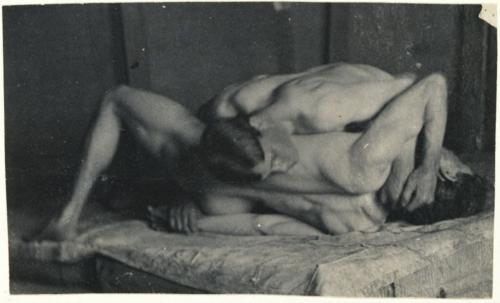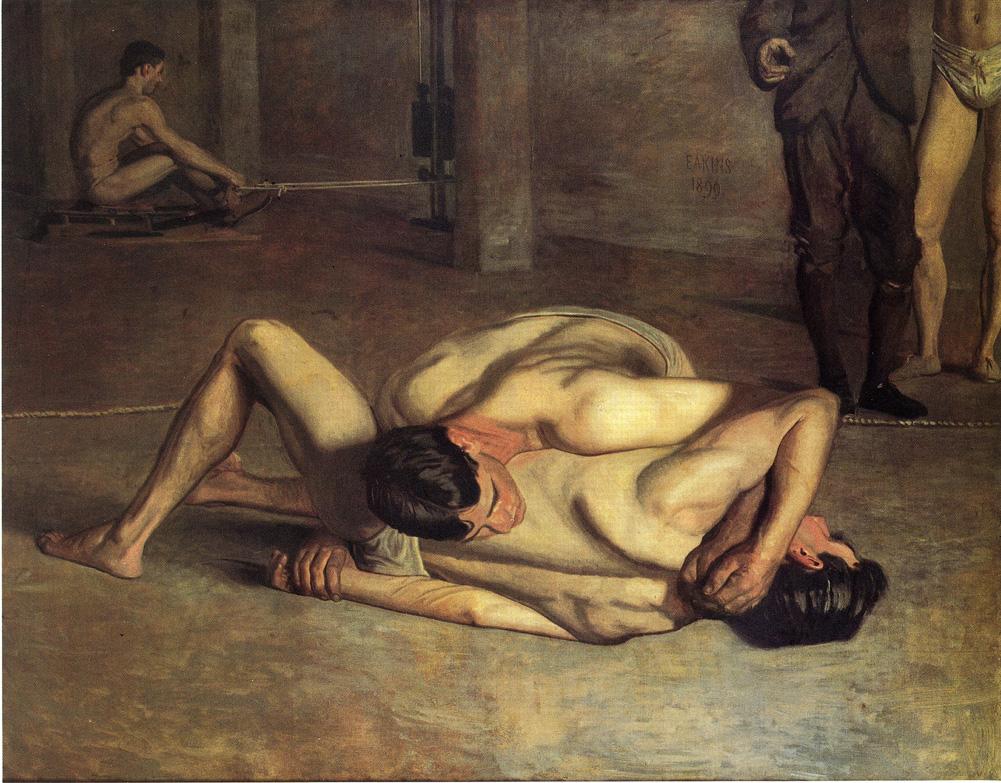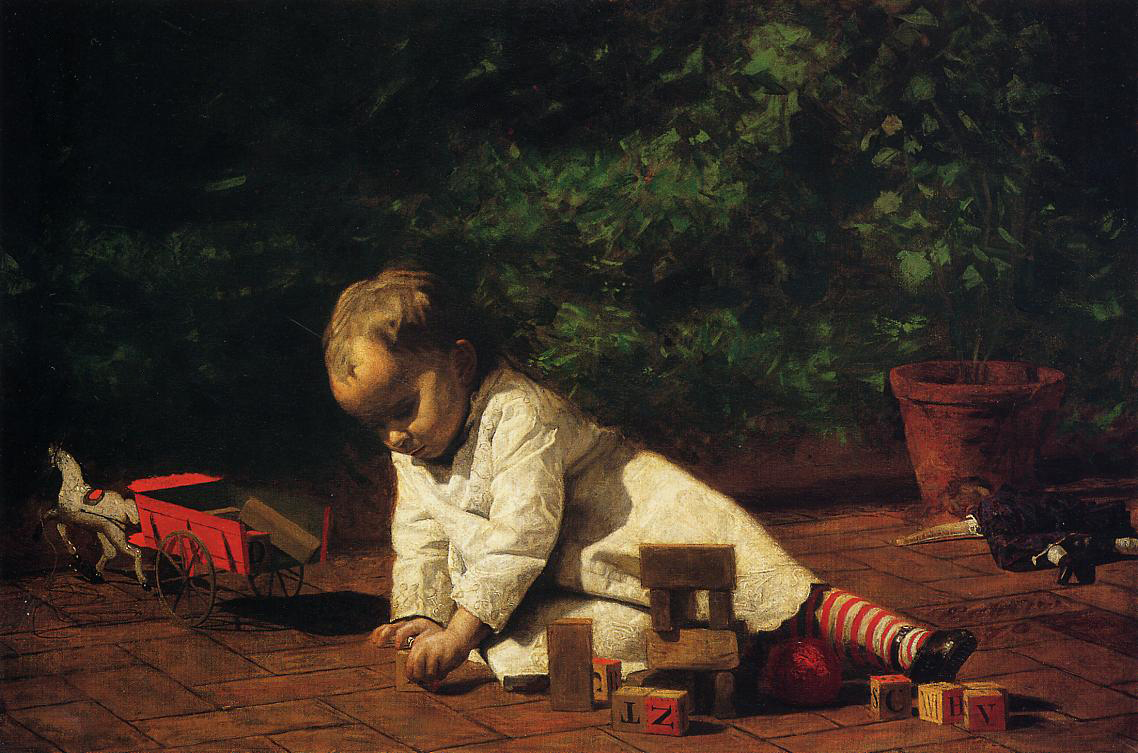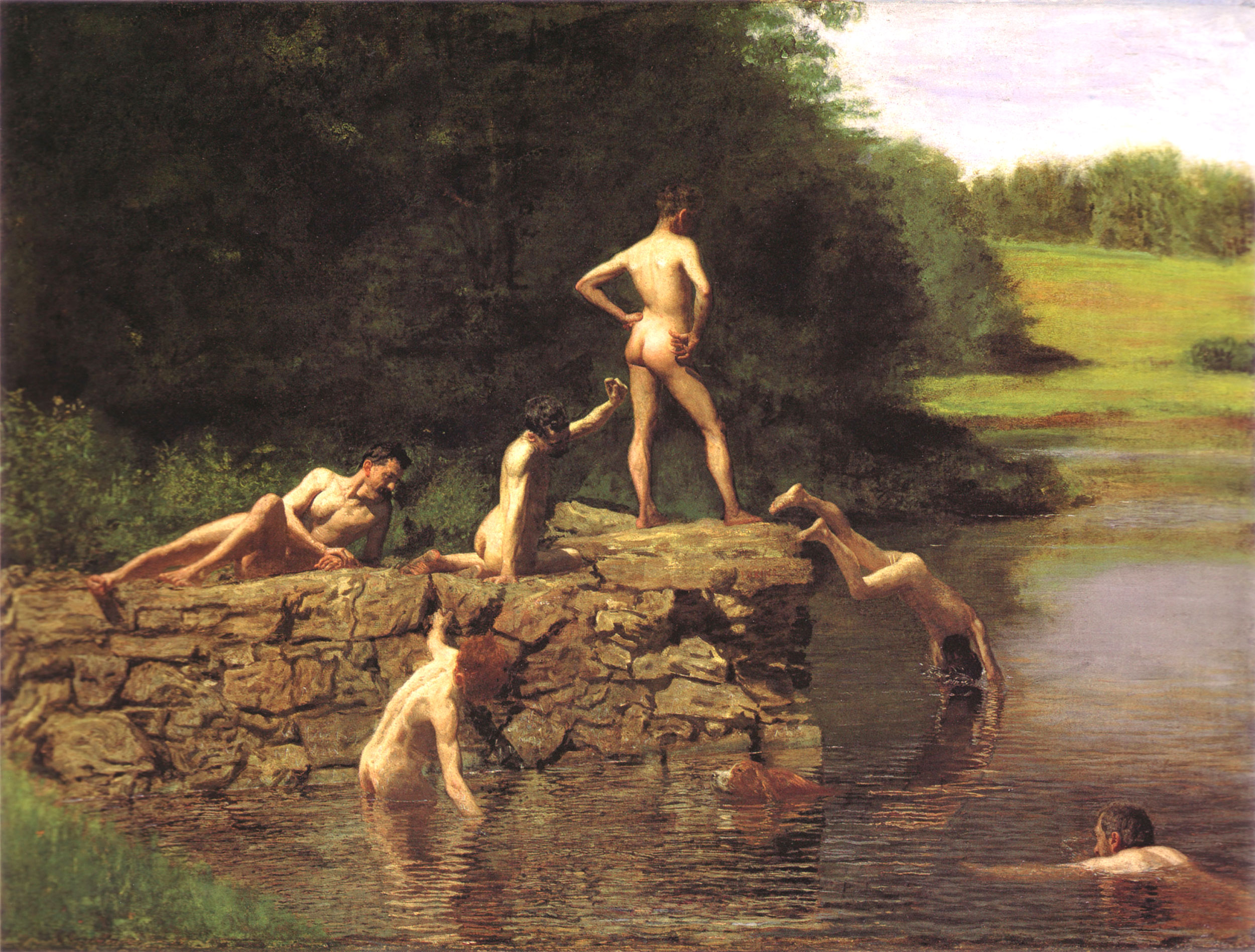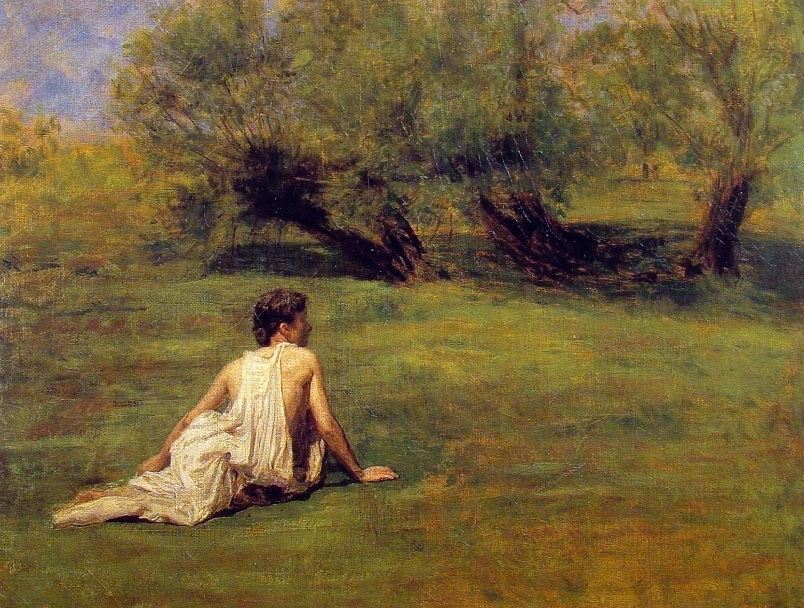Jul 25, 2013 | art history, painting, photography
Thomas Eakins lived from 1844-1916, and spent the majority of that time as an artist – painting, photographing, sculpting, and teaching others the craft. He was an American realist painter whose style is remembered for its loose, rich color. Eakins used photography, still a relatively new technology at the time, to study the details of a body in motion as it travels through space – a practice now regarded as one of his most important innovations.
“Strain your brain more than your eye… You can copy a thing to a certain limit. Then you must use intellect.”
-advice to his art students; quoted in Lloyd Goodrich, Thomas Eakins (1933)
Photography

Motion study: Male Nude, Standing Jump to Right, 1885.
image source
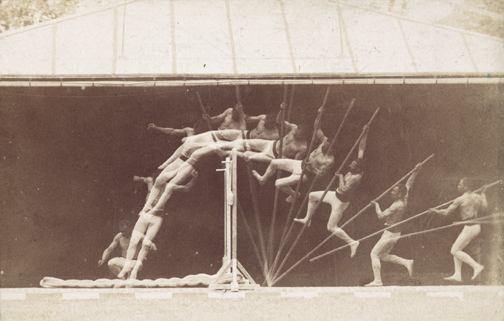
Motion Study: George Reynolds, nude, pole-vaulting to left, 1885
image source
He explored the heart of American life through portraiture, but didn’t receive recognition until late in life because of his role as a controversial figure when it came to the sexes. His studies of the male nude were often regarded as homoerotic, and later made him a major figure of art historical sexuality studies in the 1990s.
He insisted on teaching men and women the same way, using male models in female classes and vice versa, but was also accused of abusing female students. The scandals cut his success short, and his influence in the history of art was only realized after his death.
Painting
For more info about Thomas Eakin, see the artist’s Wikipedia page.
Jul 22, 2013 | photography
German photographer Candida Höfer brought a little Renaissance greatness to London in her series A Return to Italy. The photos were shot over the past two years, and take you through some of Italy’s most sacred stages for art of all kinds.

Candida Höfer
Palazzo Ducale Mantova I 2011
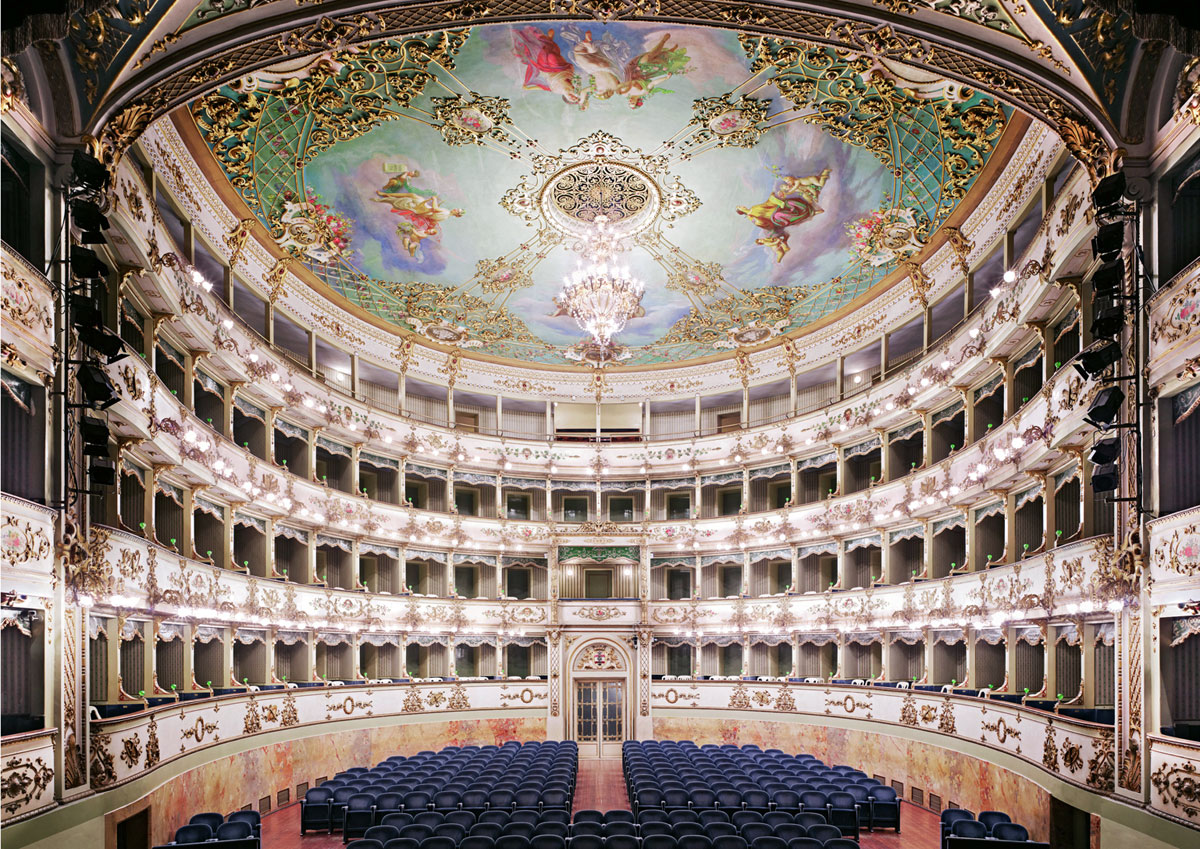
Candida Höfer
Teatro Comunale di Carpi I 2011
The series was exhibited this past spring at Ben Brown Fine Arts in London – thirteen large prints hung symmetrically to match the balanced scenes pictured within them. The gallery writes,
“The interiors of palaces, opera houses, libraries and theatres, which Höfer captures with incredible skill, are part of her meticulous documentation of public spaces – places of culture, knowledge, communication and exchange with a rich history and clear functionality.
Having rarely visited the Northern region, Höfer was particularly touched by the naturalness and ease with which the local people there accepted this extraordinary architecture as a part of their daily lives.”
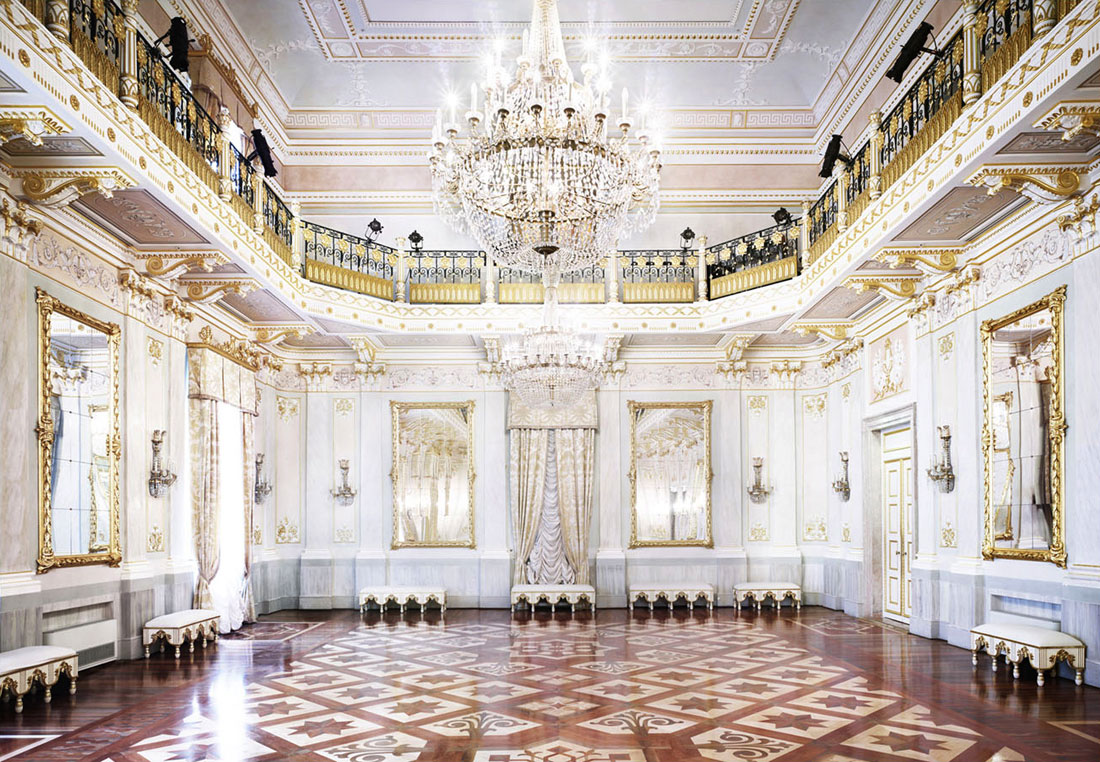
Candida Höfer
Teatro La Fenice di Venezia III 2011
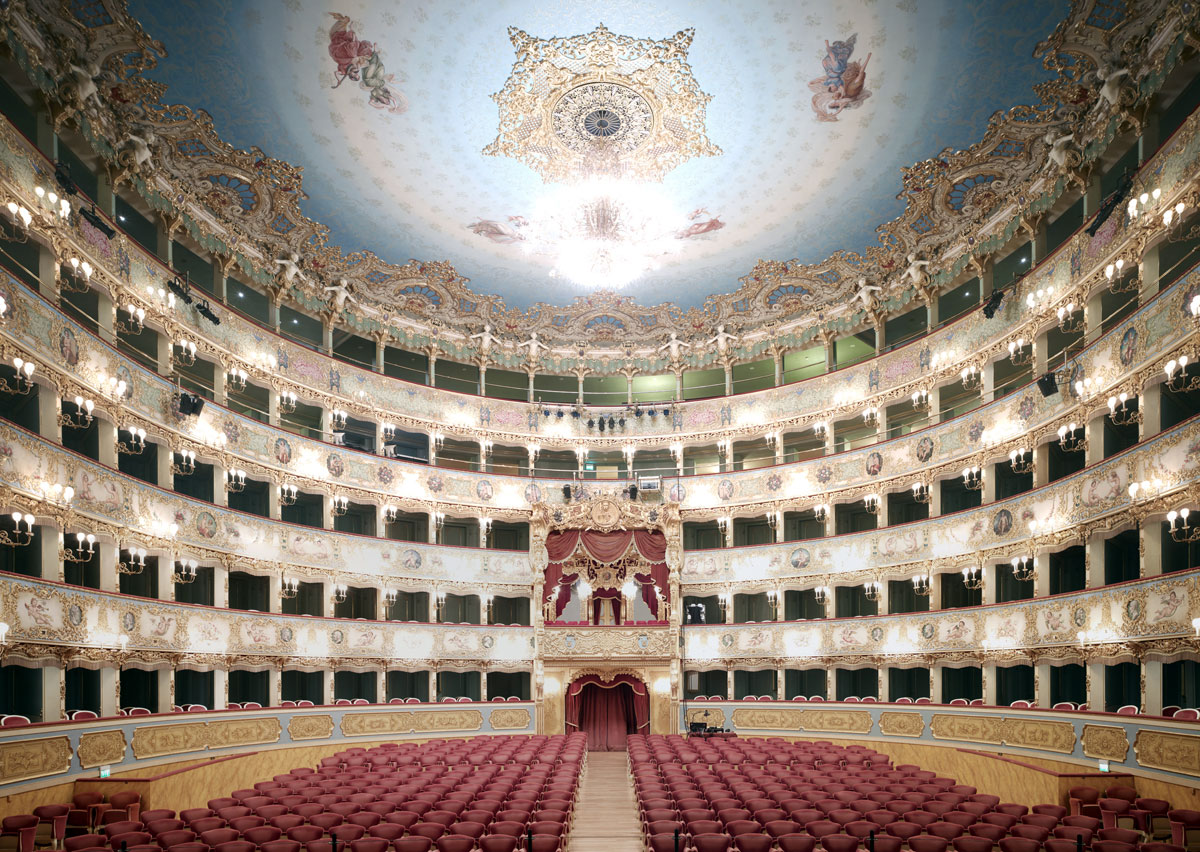
Candida Höfer
Teatro La Fenice di Venezia V 2011
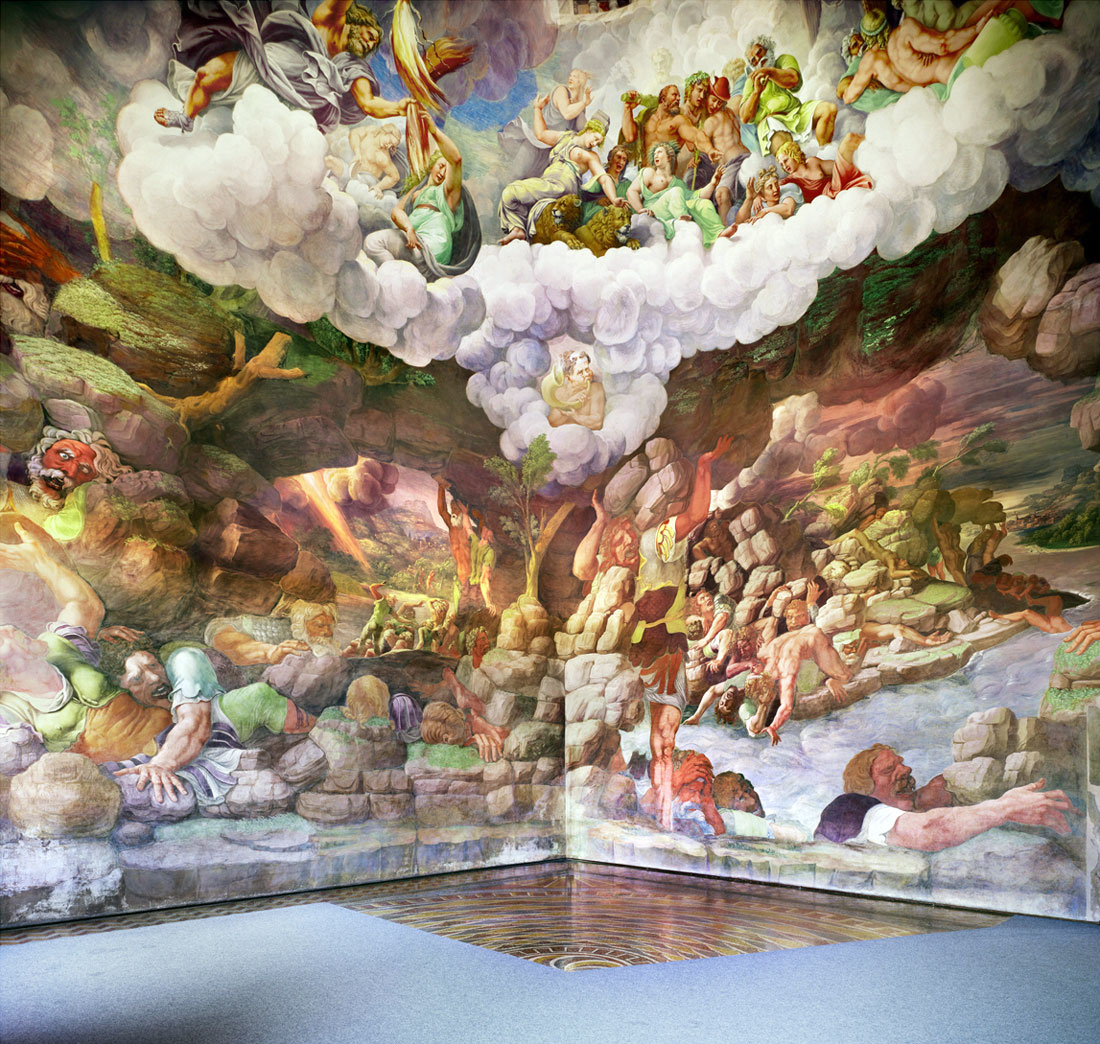
Candida Höfer
Museo Civico Di Palazzo Te Mantova IV 2010
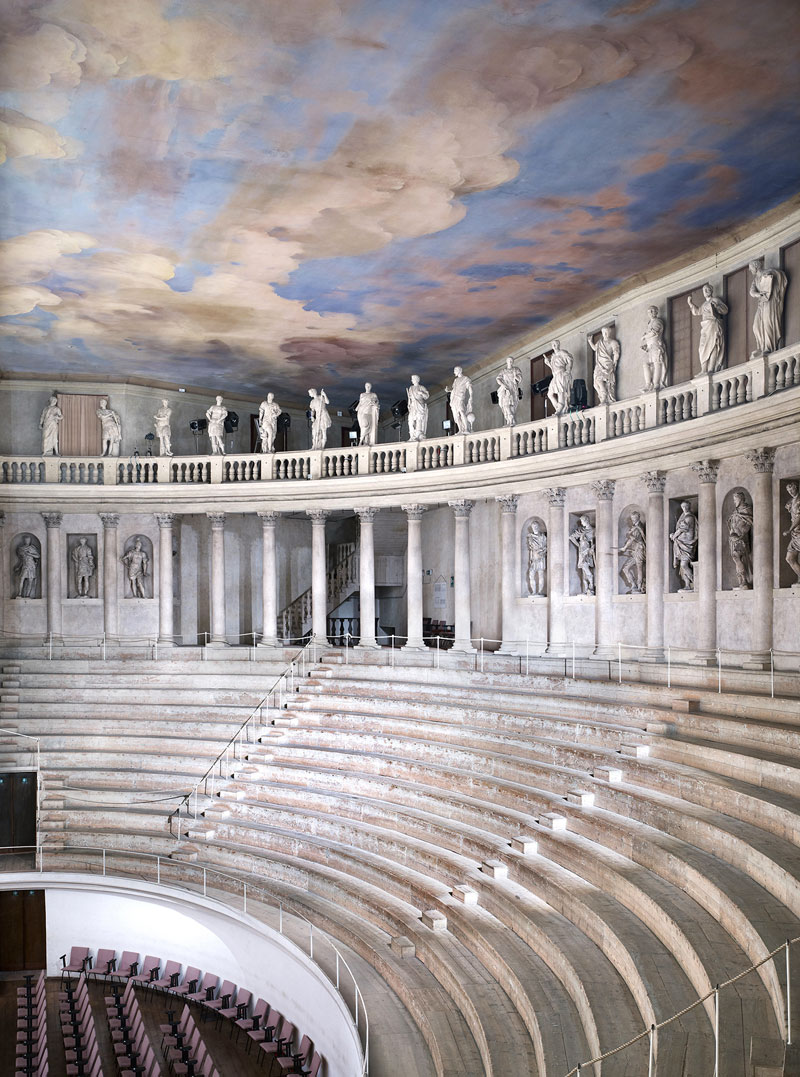
Candida Höfer
Teatro Olimpico Vicenza III 2010

Candida Höfer
Biblioteca Teresiana Mantova I 2010
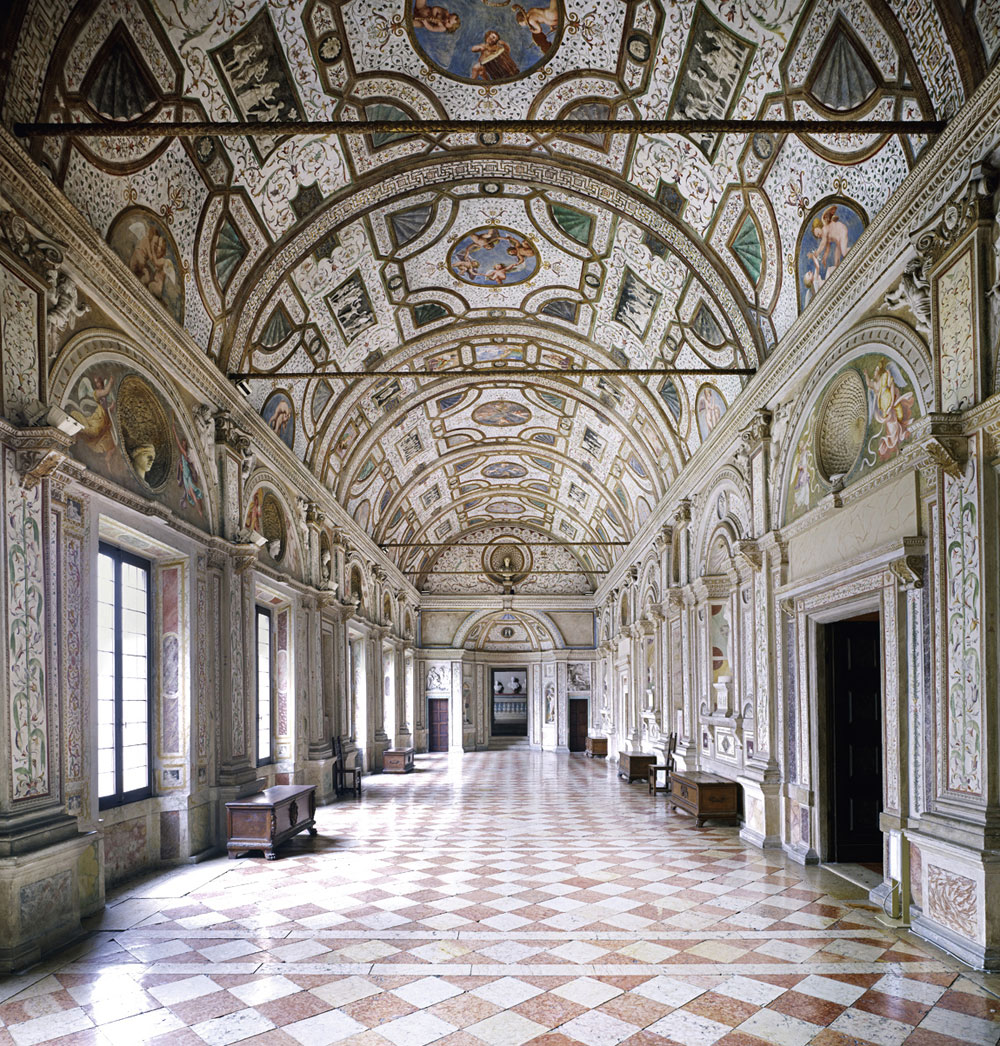
Candida Höfer
Palazzo Ducale Mantova IV 2011
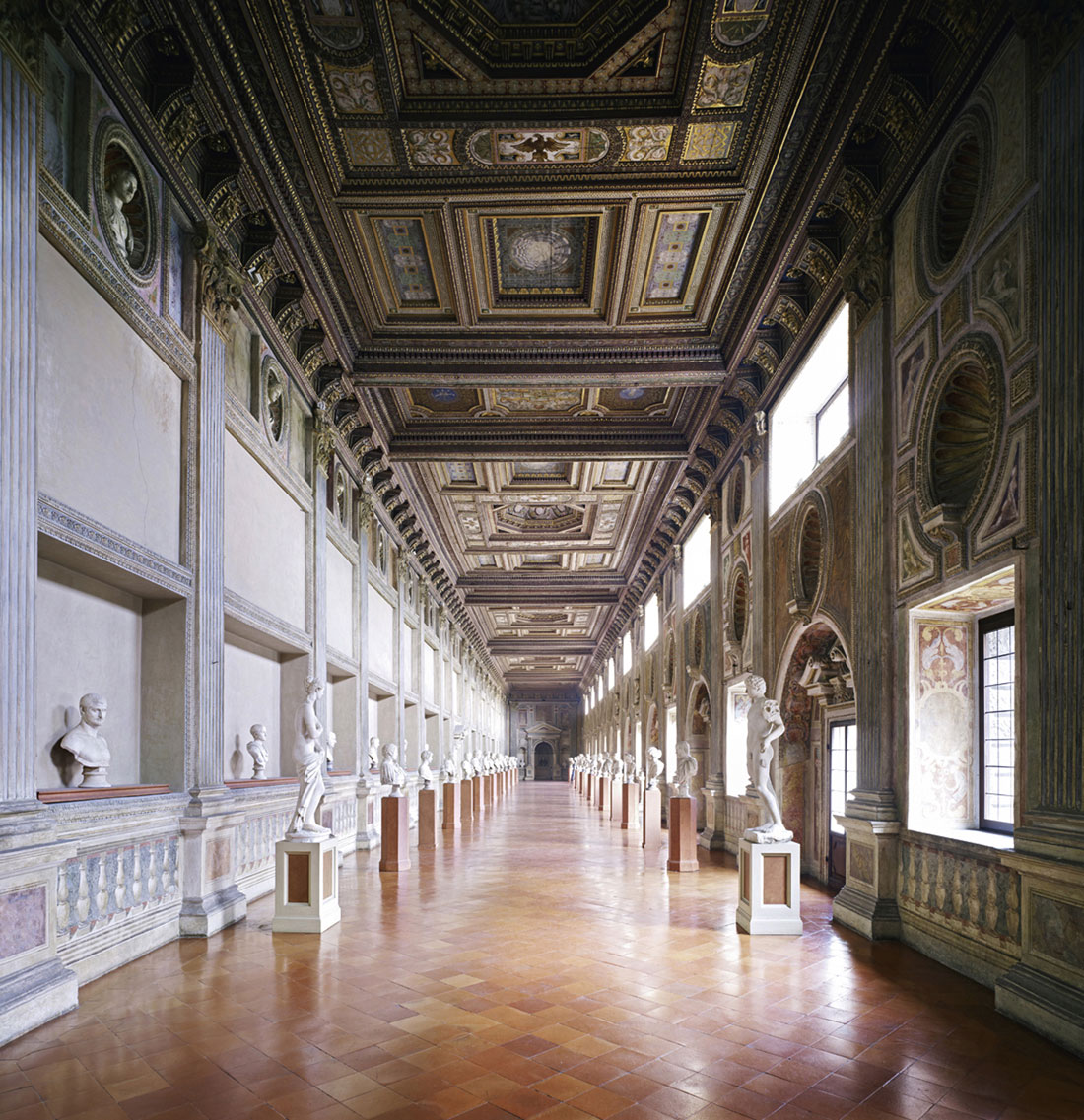
Candida Höfer
Palazzo Ducale Mantova V 2011
Images courtesy of ArtBlart.com.
For exhibition views of this show, and more about Candida Höfer, see her profile on Ben Brown Fine Arts.
Jul 19, 2013 | interviews, photography
Sarah Rosado uses dirt as a medium, perfectly molding piles into compelling shapes. Each design seems to play with the fact that the material it’s crafted from comes from the ground, either morphing into plants and animals as natural as the ground itself, or running the opposite way and becoming objects of pure human-made materialism. Her work is so whimsical and clean, the mulch laid is against a pure white in contrast so sharp it’s harmonic.
Sarah’s artistic creations started with pencil on paper, but quickly turned digital and now she works in photography as well as design. All of her work emphasizes keeping all types of interpretations open, so that each image can mean as much as possible.
Read what Sarah had to say about her work in the interview below!
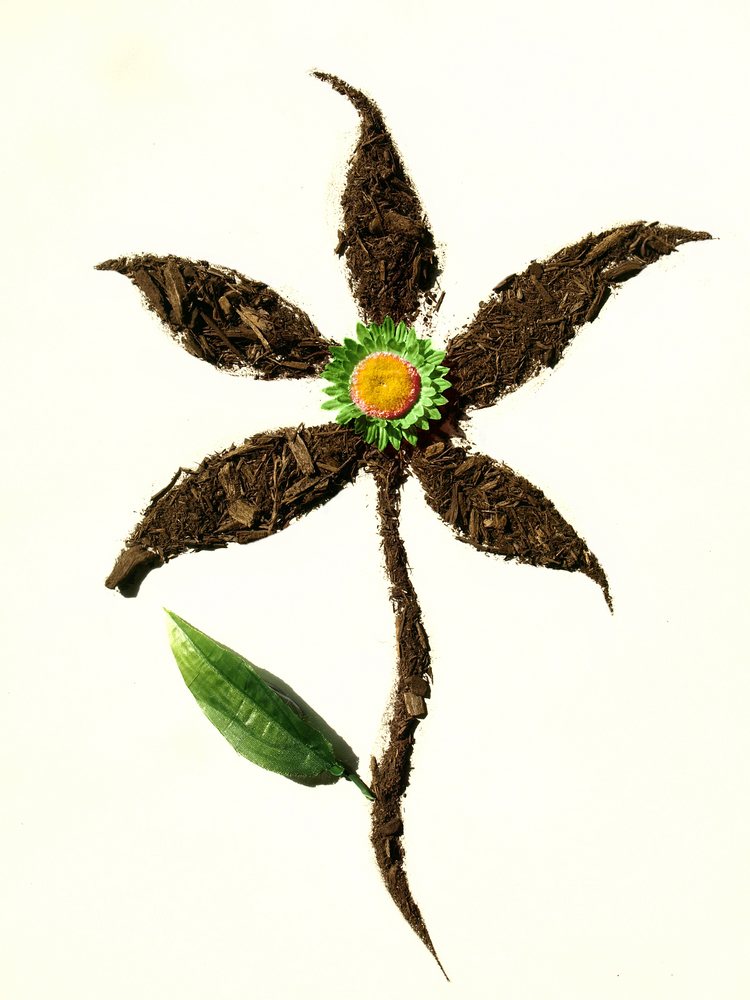
Where do you get the dirt you use in your photographs?
I get the dirt for my photographs by scooping dirt from the ground in the parks.
For you, what is it about dirt that makes it the perfect medium to create from?
The challenge to me is tossing this pile of dirt on the table and bringing it to life by carefully shaping it into the selected object. It’s a great medium as the dirt sways anywhere you take it. Of course, it’s not easy, it takes practice and having the artistic skill to draw is helpful in maximizing the output of the image.
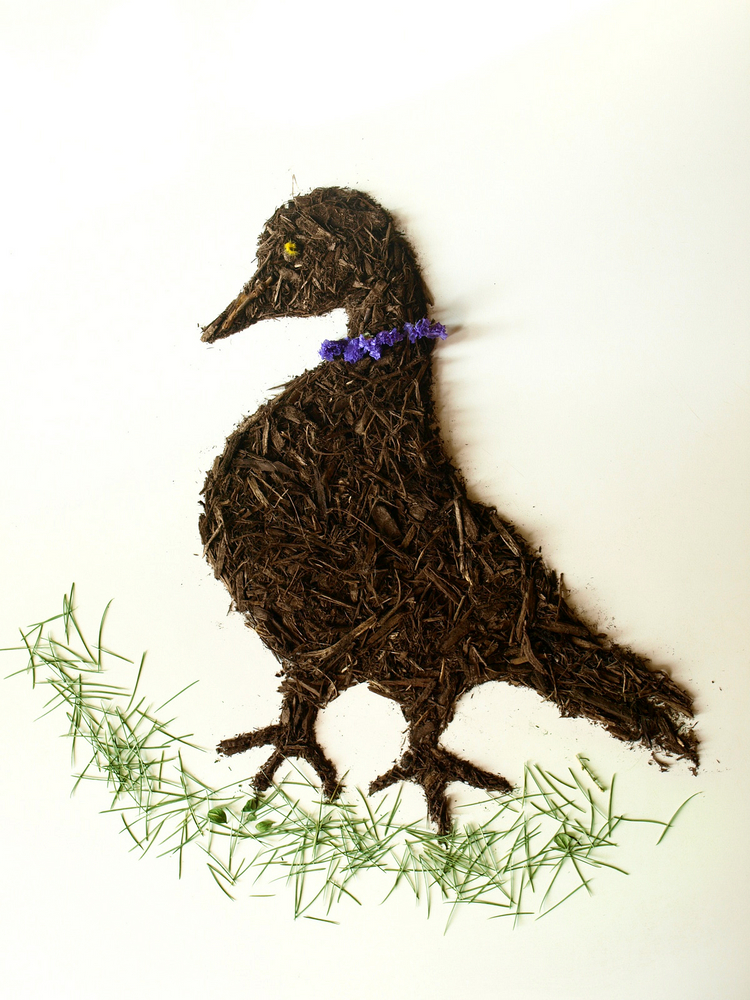
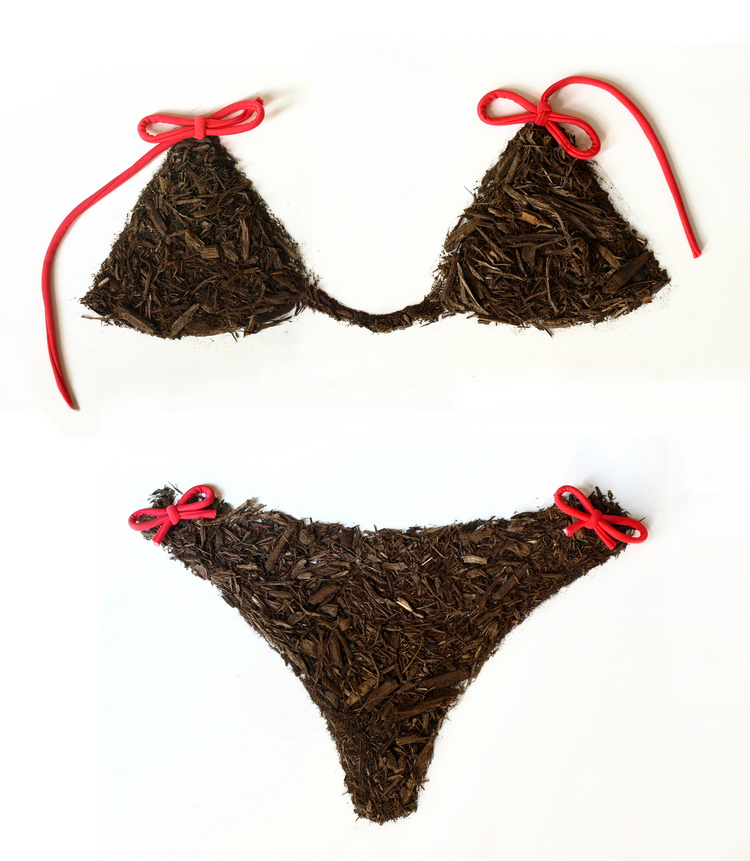
How much of the creation process happens after the photos have been taken, and how much of it happens before? (do you make the shapes perfectly out of dirt or edit the shape to perfection digitally later?)
The creation process is uniquely custom made. Everything is handmade using different tools to obtain the desired shape and accessorizing with items found around the house. After that’s done the photo is taken. There is no cropping, or digital enhancements before or after. It’s all real.
What’s your favorite (or a couple of favorites) photograph you’ve created? Who are your art idols?
My favorite photographs are the smoking revolver, little duckling and the tuxedo which I had lots of fun creating. It’s hard to choose a favorite among so many great artists.
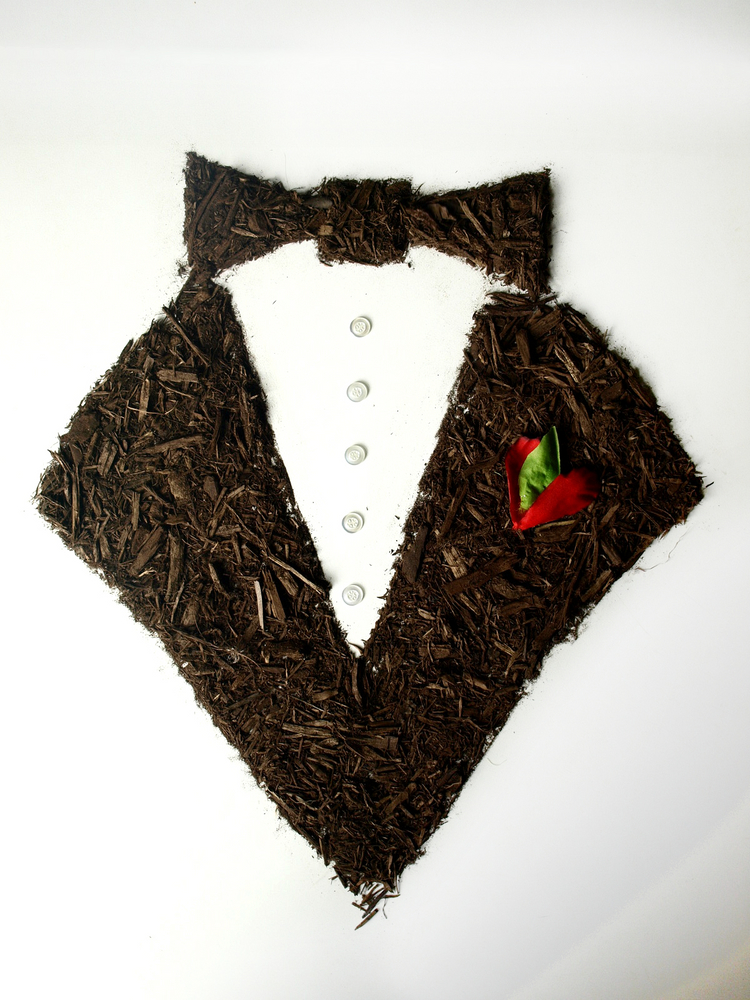
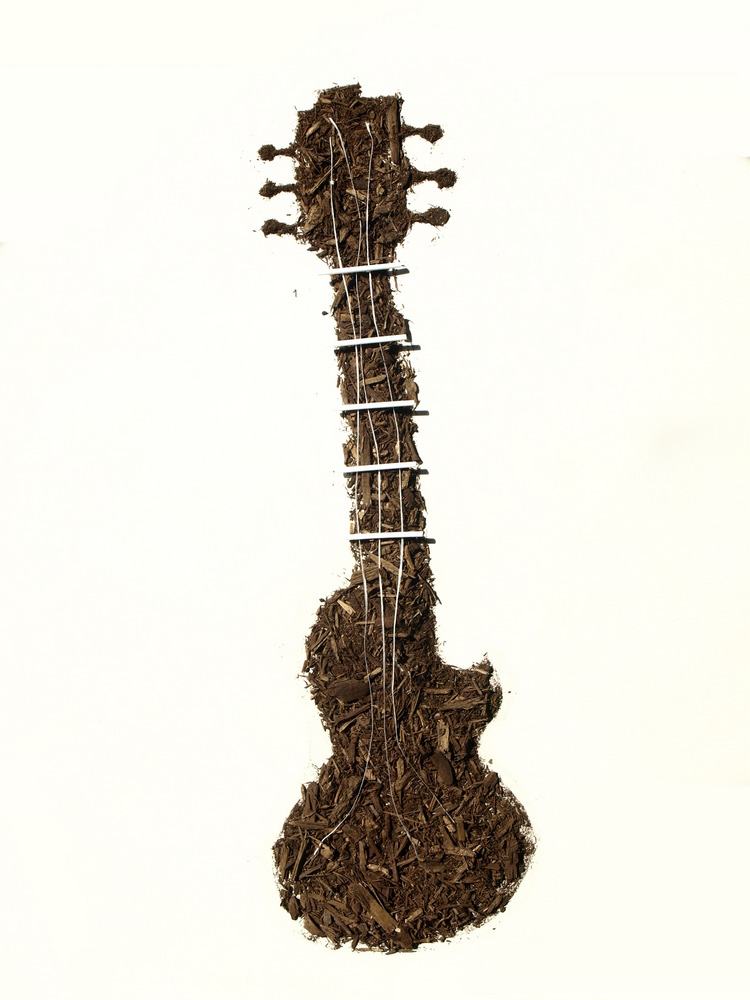
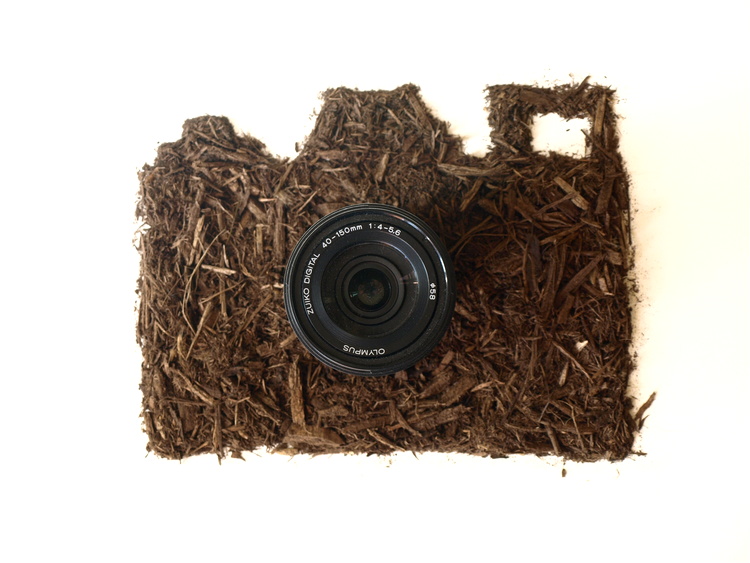
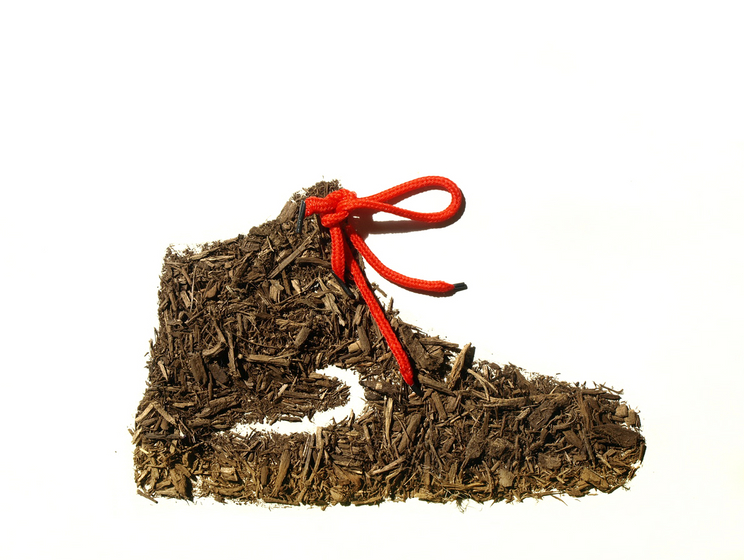
See more of Sarah’s work on her website.
Jul 15, 2013 | photography, surreal
The jaw-dropping effects that photo-manipulation technology allows for kind of takes my breath away. Especially the works by Erik Johansson, a photographer and retoucher from Sweden who’s currently working in Berlin. He sees photography as an outlet that allows his ideas to be fully realized, trying to make each image look as realistic as possible.
“I don’t capture moments, I capture ideas,” he says. “I get inspired by things around me in my daily life and all kinds of things I see.”
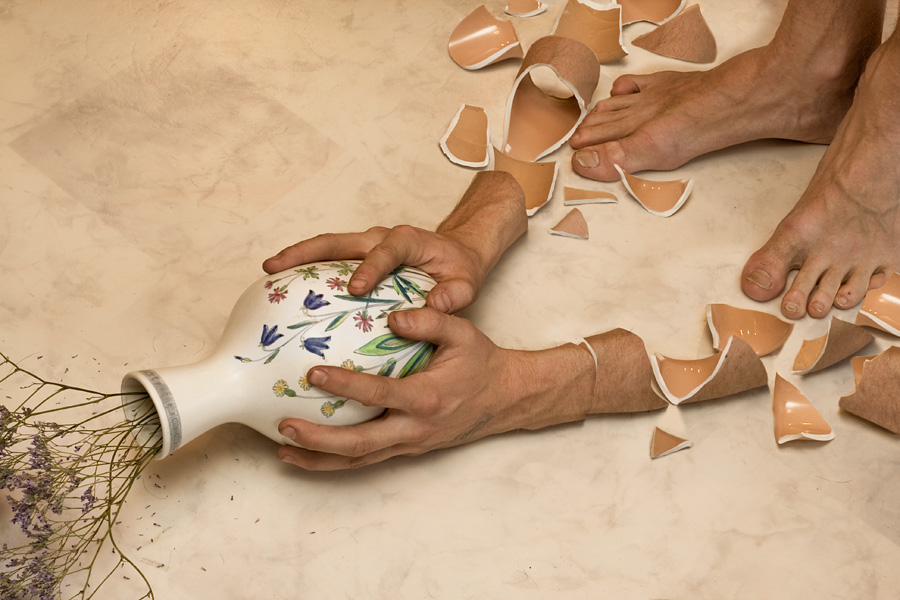
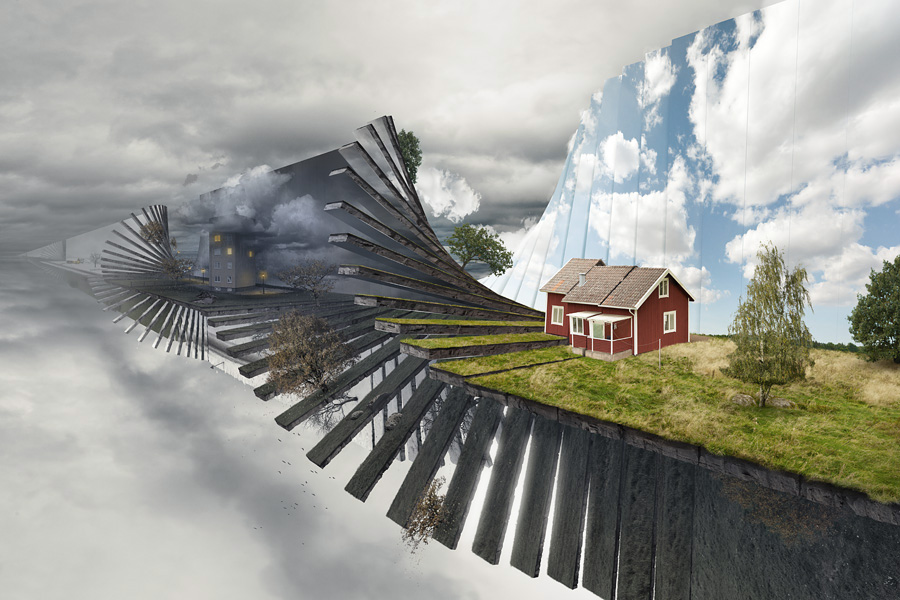
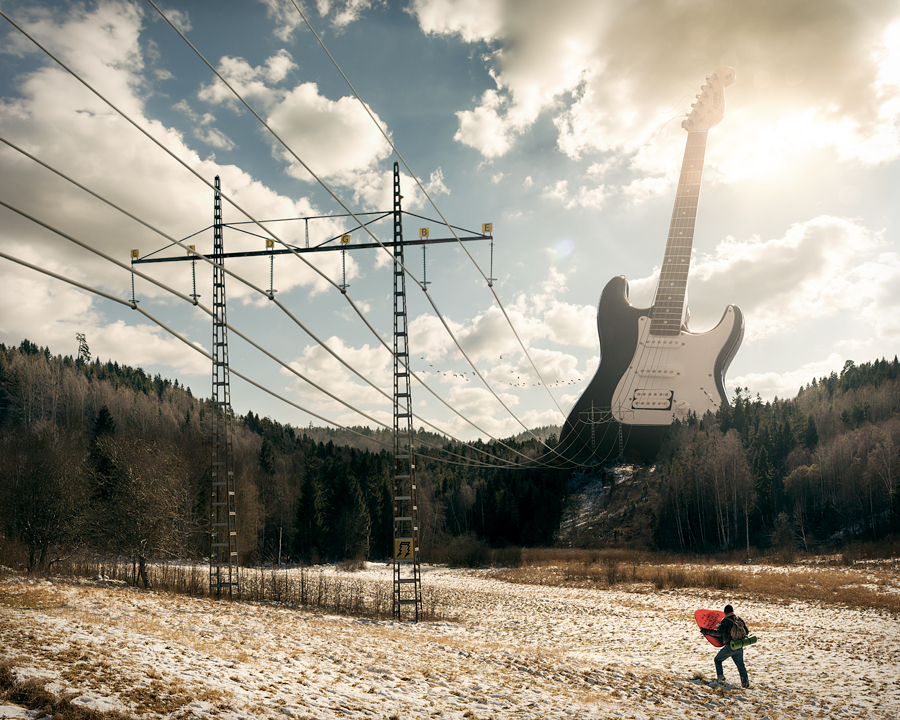
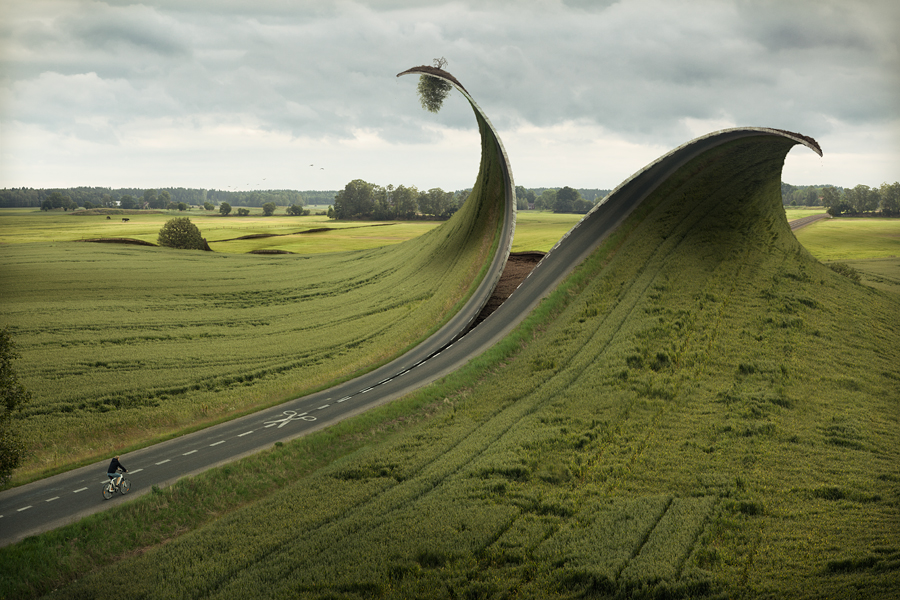
Watch Erik’s TED Talk for more:
For more of Erik’s work, see his website.
Source: Visual News.
May 6, 2013 | photography
German artist Sascha Bokelmann goes by B-O-K-E on his DeviantArt page, where he shares the incredible freeze-frame photo manipulations that turn water droplets into animals and insects. He uses a camera and lots of Photoshop brushwork to convert splashing water into a three-dimensional outline of dragonflies, horses and elephants, and each image takes anywhere between six hours and a week to complete.
Crafting shapes from water turns them into ethereal transparent beings, glowing with the crystal shine of water against dark backgrounds. More than anything though these water sculptures appear temporary – they’re fleeting ghosts of the creatures they represent, shifting and shining like a powerful natural element.




See more of Sascha’s work on his DeviantArt page.
Source: PerthNow.com
Apr 29, 2013 | photography
These tiny people in their makeshift worlds are just too adorable. What was a rug and an iPhone for us becomes a whole swimming pool on soft green turf for them – people so small they can’t be bigger than a fingernail.
In his series called iPhoneland, Texas photographer JD Hancock has an iPhone set the stage for four miniature scenes of teeny tiny people doing outdoor activities, all set atop artificial green rug grass. In this world, nature is fluffy and plush and things shine like they have a backlight – kind of like a utopia where we let technology wash over us and suddenly we’re small in comparison. But we don’t care because it’s not the evil kind of technology, it’s the kind that makes life easier and facilitates progress.
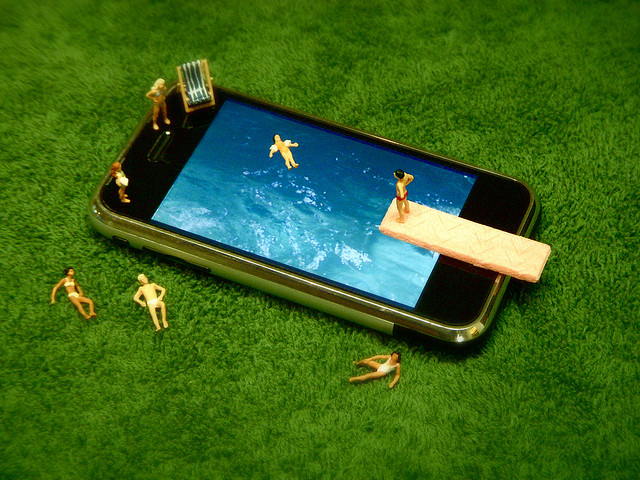
JD Hancock started building websites professionally in 1995, and he’s worked at startups as everything from owner and product manager to web designer and customer support. His career in photography has been just as successful and his work has been featured in the New York Times, Forbes, Wired and The Guardian.
You can read more about his life and the fact that he’s an actual cyborg on JD’s website.
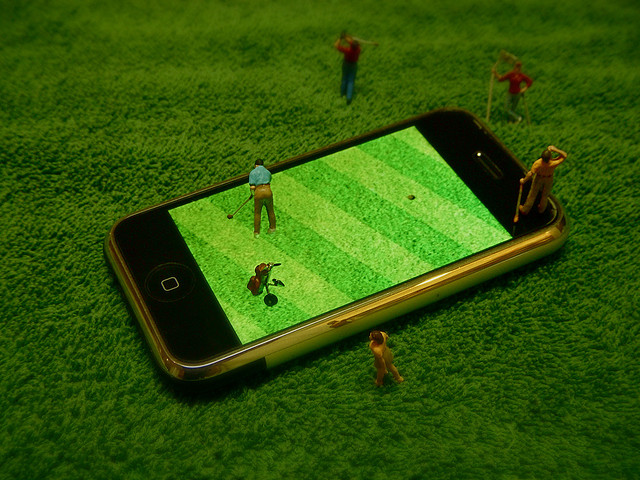
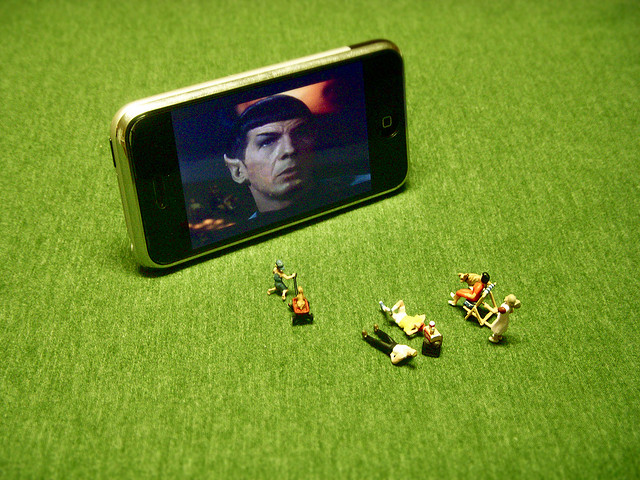
[zl_mate_code name=”twitter/facebook” label=”5″ count=”2″ link1=”http://www.twitter.com/share?url=https://thingsworthdescribing.com/2013/04/29/jd-hancock-takes-us-to-iphoneland/” link2=”http://www.facebook.com/share.php?u=https://thingsworthdescribing.com/2013/04/29/jd-hancock-takes-us-to-iphoneland/”]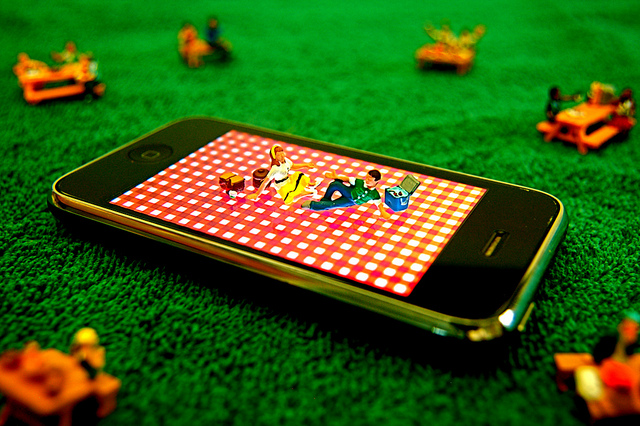
[/zl_mate_code]See more from JD Hancock on his Flickr and his website.
Source: Lost at E Minor.


